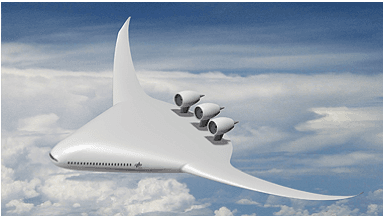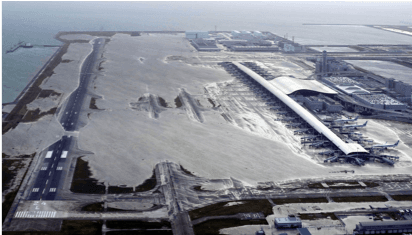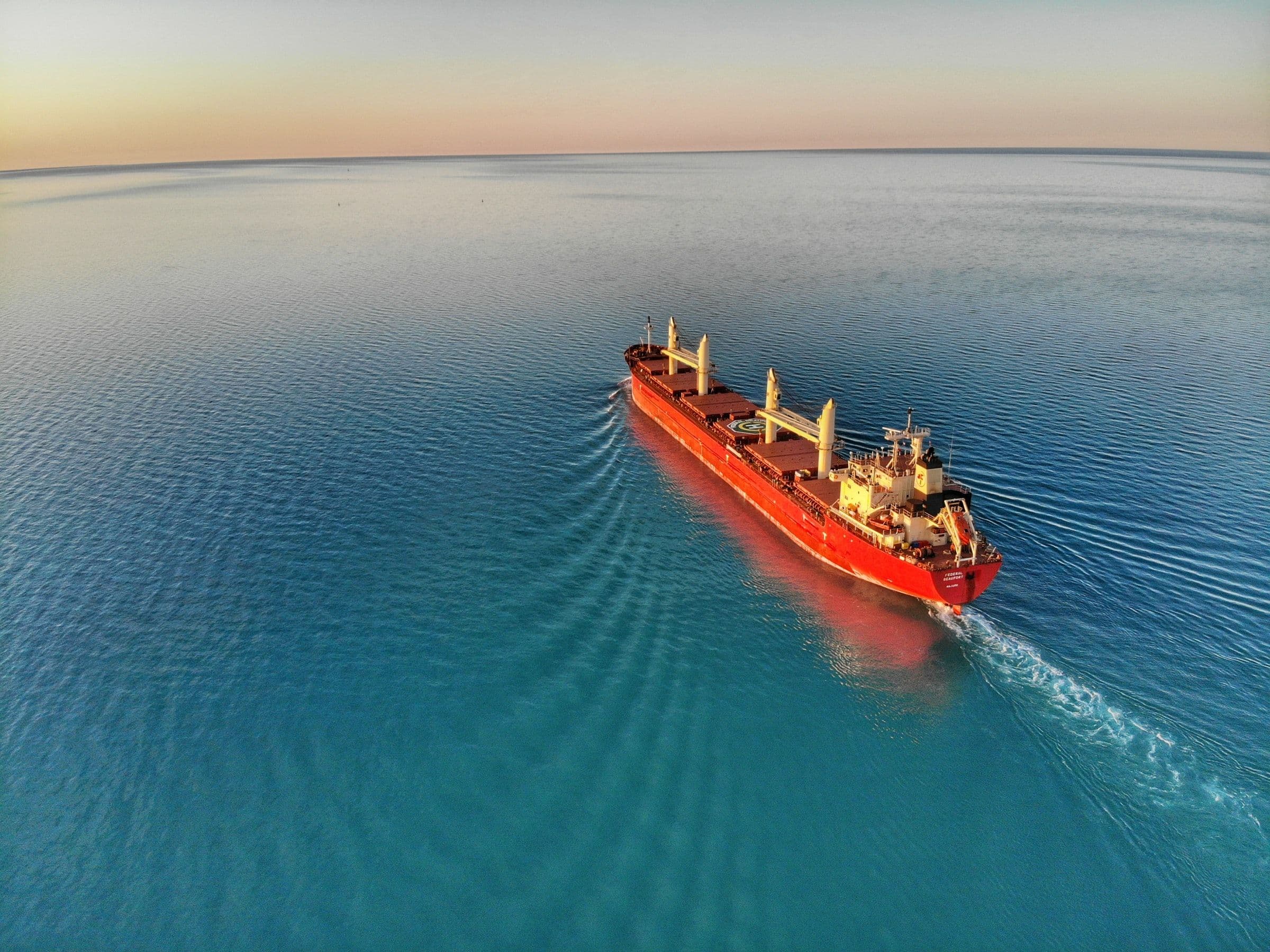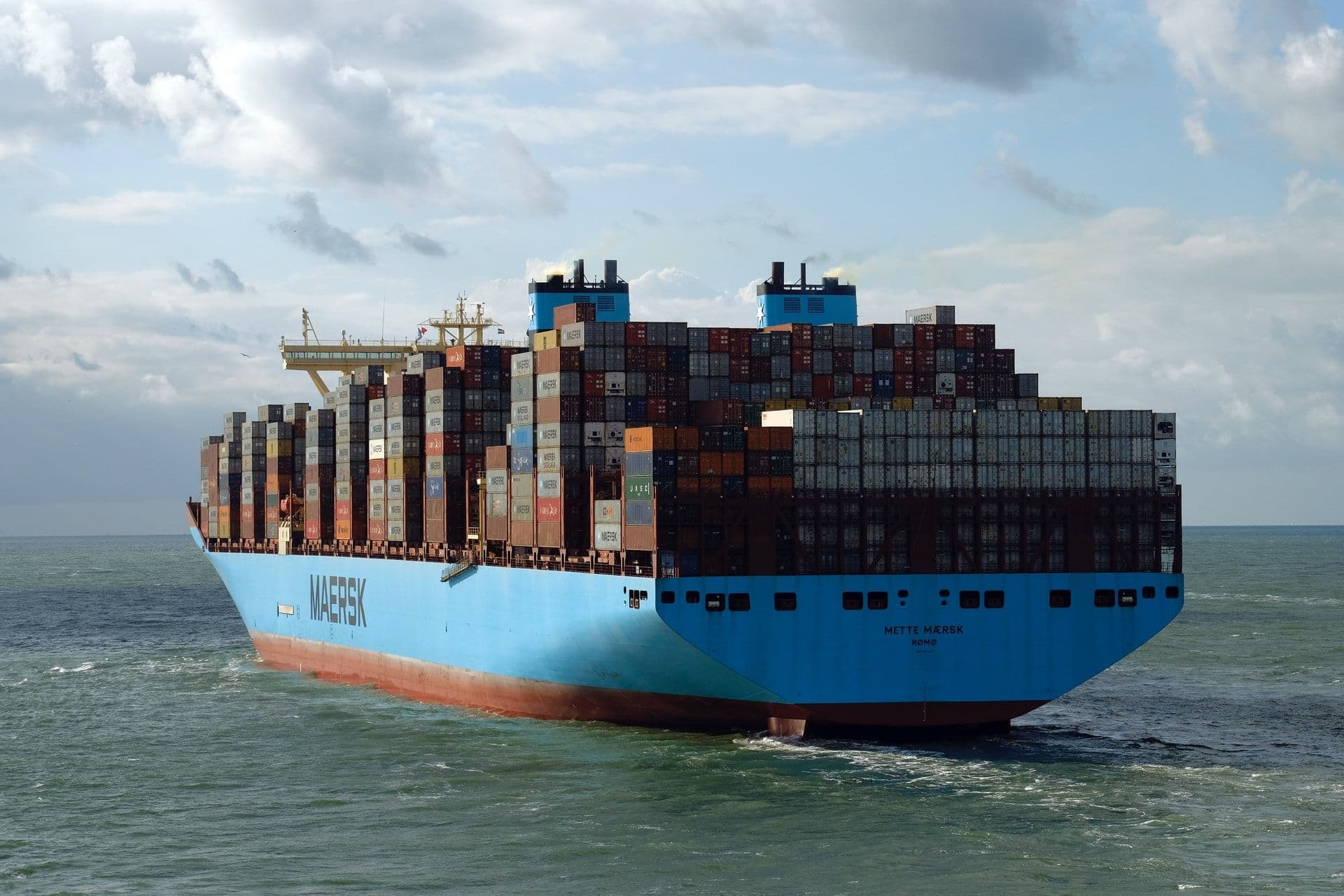Aviation and climate change: a quick overiew of the main issues
CO2 emissions of commercial aviation today... and tomorrow!
Today: about 800 MtCO2 without the upstream fuel and about 1,000 MtCO2 with. That is about 2.5% and 3% of total global co2 emissions, respectively (source: International Energy agency, IEA). Taking into account the other non-CO2 effects (induced contrails and altitude cirrus), these figures need to be increased (from 20% to much higher, according to some, the uncertainty being mainly metric).
This is as much as Germany, and more than the combined emissions of France and the United Kingdom (source: SDES). If aviation was a country, it would be the 6th most emissive countryon the planet. This is 6 to 7 times less than road transport (people and goods), but as much as the chemical sector (source: IEA).
Tomorrow: plunging the icao aviation development scenario (with a 1% average annual energy efficiency gain) in the IEA 2 °C scenario (for other sectors), the share of air in total CO2 emissions increases to 7% in 2035 … And 15% in 2050 (carbon 4’s calculations). That is about 2,400 MTCO2: more than the steel industry today. It would become the second emitting sector of the economy after road transport.
Why carbon offsets are only a short-term palliative?
For at least two reasons, the aviation sector cannot rely on carbon offsets in the long run to be compatible with the Paris Agreement.
The first reason (the most misunderstood, but the most decisive) emerges in the analyzes made by the iea based on the conclusions of the ipcc. They confirm for aviation that dividing emissions by 2 between 2005 and 2050 is necessary … But in absolute terms, not relying on offsets. Why? Because the overall mitigation objective is such that it imposes very strong direct reductions in all sectors on the one hand, and reinforced land-use carbon storage measures on the other hand … Which excludes the possibility of offsets. In other words, we cannot transfer a reduction from one sector to another (definition of offset) because we need both to achieve the goal.
In addition, even assuming that a limited residual of offsets remains available, the strong competition from other sectors with ambitious reduction targets as well (such as the maritime sector) will make their availability for aviation alone low. So, energy efficiency and sustainable aviation fuels (SAF) are the only remaining solutions.
The dilemma of traffic growth: it it compatible with the Paris Agreement?
It is acknowledged that energy efficiency gains on operations, combined with better airspace management, are largely insufficient to offset the surge in traffic (doubling every 15 years). As a result, emissions grow rapidly, from 2 to 3% per year. However, the long-term objective of the sector is a division by 2 of the emissions between 2005 and 2050: how do we do this without carbon offsets?
It therefore seems essential to operate three distinct levers: (i) the supply of saf must be boosted, to reach about 30% of the mix in 2040 and more than 50% in 2050, (ii) the gains of energy efficiency must exceed 2.5% per year for the next 30 years, (iii) and a traffic constraint is also required by reducing the growth rate to less than 3% per year (source: IEA), which raises interesting questions of regulation, and beyond that, equity between generations and between countries. These combined conditions can allow the sector to be “2 ° C compatible”. If one of them is not fulfilled, the two others will have to be further reinforced. It is important to note by the way that this prospective exercise proposed by the IEA is perfectly questionable of course, given its very strong assumptions on technological gains (aviation and fuel side). It does however have the merit of showing the extent of the changes that need to be made to be on the right track.
Companies in the sector therefore need to think more about an ambitious roadmap for 2050, without essentially relying on a market-based-mechanism (corsia type).
The other skeleton in the closet: the impacts of climate change!
The global earth’s temperature has increased “only” by 1 ° C since the pre-industrial era, but the manifestations of climate change are already becoming very tangible. The tragic events of the summer and fall 2018 or the extreme temperatures currently observed in north America and Australia are just a few examples.
Aviation is at the forefront: traffic stopped in Phoenix in June 2017 because of the heat, in Osaka for several days in September 2018 because of the rising waters of the pacific … Do you know that 25% of the busiest airports of the planet are located 10 meters above sea level (source: Airports Council International)? Airports are really starting to worry about the issue of adaptation to climate change, but what about air operations strictly speaking?
It is difficult to say how the upsurge and amplification of extreme events will impact the aviation activity … On the contrary, it seems unwise not to look at the subject quickly: if you have not started, now is the time.
Finally, should the sector fear climate litigation?
Climate litigation: what is this? More than 900 so-called “climate” legal actions are now recorded around the world (source: Bredin prat): the climate dispute is now turning towards companies, after the first recourse against states (the Netherlands 2018, France 2019). In the united states in particular, oil companies are sued by large cities (New York, San Francisco).
Ineluctably, there will be damages related to the effects of climate change and therefore of the victims (see 6th report of the IPCC). Therefore, just as inevitably, there will be lawsuits to answer a simple question: who has to pay? One can imagine that after a first salve suffered by the oil majors, they turn against the end users of fossil energyon the pretext that they extracted it to meet a demand. Airline companies could then be targeted, then in a logical sequence, manufacturers, located upstream of the chain …
All of this is obviously fiction to date, but the risk is real, and it is necessary that the aviation sector as a whole gives the importance it deserves to this file.





















